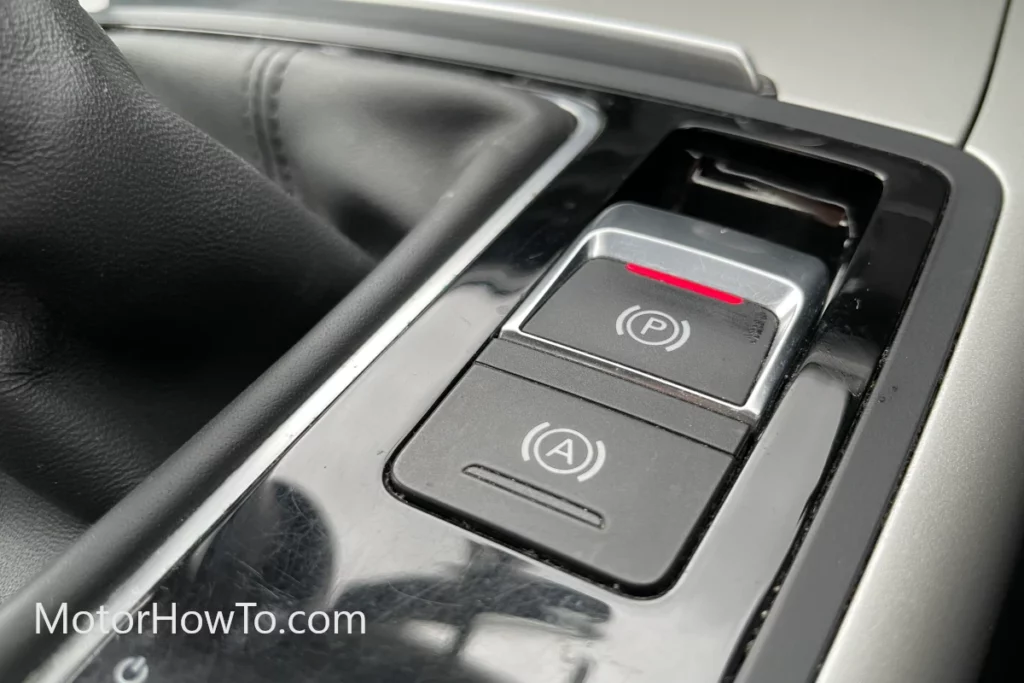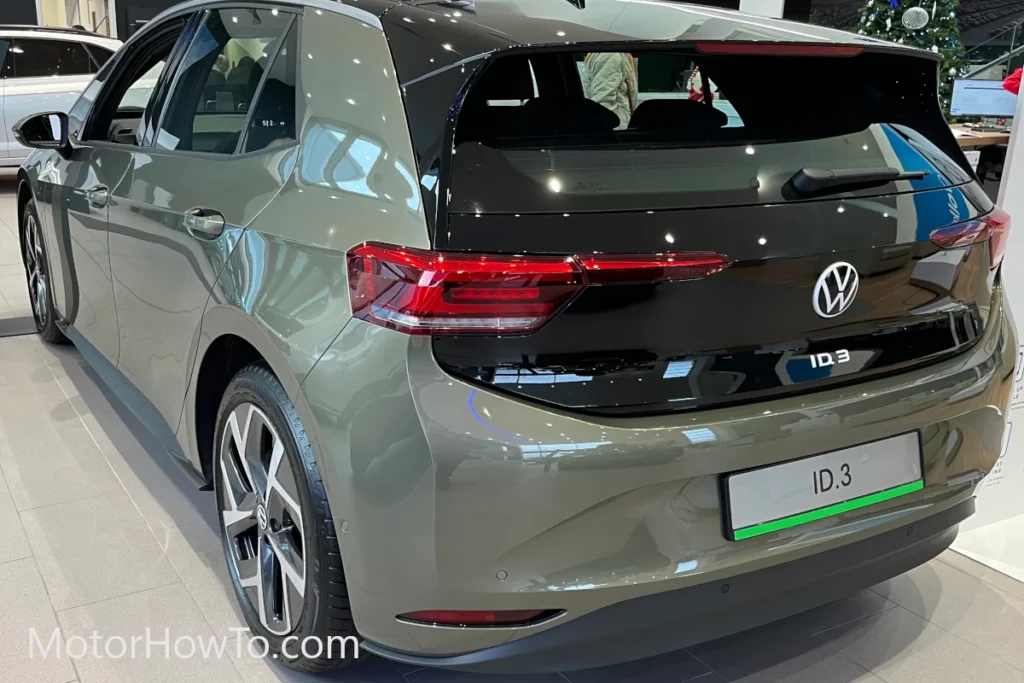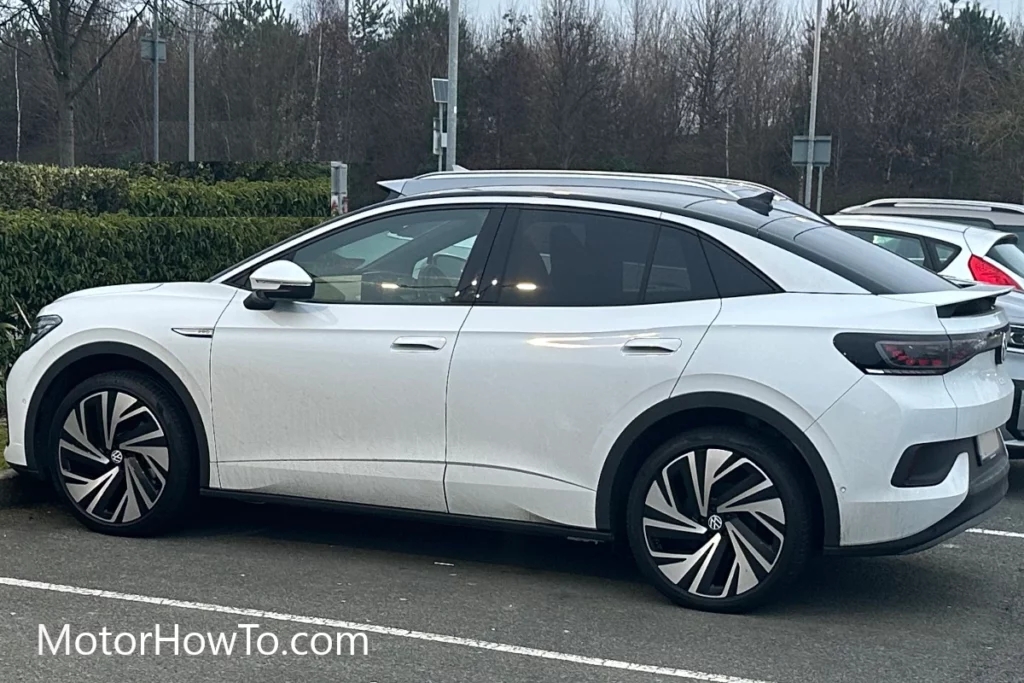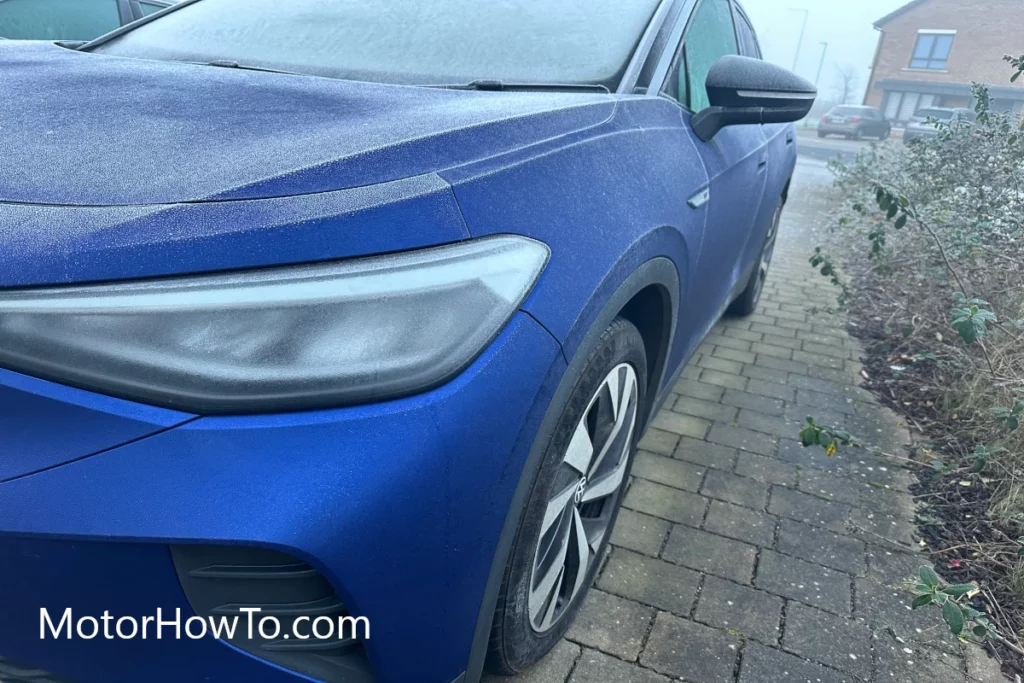As the automotive industry continues to transition towards electric vehicles, many drivers are curious about the features and capabilities of these new electric cars.
One common question that arises is whether or not electric cars have handbrakes.
While traditional cars have utilized handbrakes for decades, the unique design and mechanics of electric cars may affect the inclusion and functionality of this component.
Electric cars typically have handbrakes, although the design and functionality may differ from traditional handbrakes due to the unique mechanics of electric vehicles.

The importance of handbrakes must be balanced when it comes to driving safety.
Whether to prevent a vehicle from rolling down a hill or holding it steady while parked, a reliable handbrake can be a critical aspect of any car’s design.
In this article, we will explore the topic of handbrakes in electric cars, examining their existence, purpose, and potential differences from their traditional counterparts.
Related:
- Do Electric Cars Have A Check Engine Light? (Answered)
- What Happens When Electric Vehicle Loses Power? (Must Read)
- Does A Tesla Have Any Oil At All? (6 Fluids Explained)
How Does The Handbrake Work On An Electric Car?
The handbrake on an electric car works similarly to traditional cars but with some differences due to the unique mechanics of electric vehicles.
Electric cars often use an electronic parking brake (EPB) instead of a mechanical handbrake.
The EPB system uses an electric motor to engage the brake pads, effectively holding the car in place.
The EPB is usually activated by pulling up on a switch or pressing a button in the center console or dashboard.
When activated, the electric motor engages the brake pads, creating friction between the pads and the brake rotor, which holds the car in place.
Unlike traditional handbrakes, the EPB does not require a physical connection between the brake pedal and the brake pads, which can lead to a smoother and more efficient operation.
In addition to holding the car in place when parked, the EPB can also be used while driving to assist with emergency stops or to help stabilize the car on steep hills.
Some electric cars even feature an automatic EPB, which engages the brake pads automatically when the car is turned off or when the driver exits the vehicle, further improving safety and convenience.
Does A Tesla Have A Handbrake?
Tesla vehicles typically do not have a traditional handbrake like those in traditional gas-powered vehicles.
Instead, Tesla vehicles feature an electronic parking brake (EPB) controlled by a switch or button in the center console or touchscreen display.
The EPB on Tesla vehicles uses an electric motor to engage the brake pads, creating friction that holds the car in place. When the EPB is engaged, it is indicated on the touchscreen display and can be released by pressing the accelerator pedal.
Additionally, the EPB can engage automatically when the car is shifted into park, or the driver exits the vehicle, providing added safety and convenience.
While Tesla vehicles do not have a traditional handbrake, the EPB system offers several advantages. For example, the EPB does not require a physical connection between the brake pedal and the brake pads, allowing for a smoother and more efficient operation.
Additionally, the EPB can be easily controlled using the touchscreen display or a dedicated button, providing a simple and intuitive user experience.
What Cars Have No Handbrake?
Several modern cars have started eliminating traditional mechanical handbrakes in favor of electronic parking brakes (EPB) or other alternative systems.
Some popular examples include Tesla vehicles, which feature an EPB controlled by a switch or button on the center console or touchscreen display. Other vehicles that have eliminated the traditional handbrake include the 2021 Toyota Supra, which uses an automatic parking brake activated when the car is shifted into park.
The 2021 Porsche 911 also features an automatic parking brake that engages when the ignition is turned off and can be released automatically when the driver presses the accelerator pedal.
While these vehicles may not have a traditional handbrake, the EPB, and other alternative systems offer several advantages. These systems are often more reliable, easier to use and can offer additional safety features such as automatic engagement when the car is parked or in an emergency.
As the automotive industry continues to evolve and embrace new technologies, we may see even more alternative systems replacing traditional handbrakes.
Can You Install A Manual Handbrake On EV?
Installing a manual handbrake on an electric vehicle (EV) is possible, but it may require significant modifications to the vehicle’s design and mechanics.
One major obstacle is that electric vehicles typically do not have a mechanical linkage between the brake pedal and the brake calipers, making it difficult to install a traditional handbrake that would work the same way as in a gas-powered car.
Another issue is that adding a traditional handbrake to an electric car could potentially compromise the vehicle’s safety features and performance. Electric cars often rely on advanced braking systems integrated with the vehicle’s electronic control systems. Adding a separate handbrake could disrupt these systems and potentially lead to unsafe driving conditions.
Finally, it is worth noting that most electric vehicles have electronic parking brakes (EPB) as a standard feature.
While EPBs may operate differently than traditional handbrakes, they are specifically designed to provide a reliable and effective means of holding the car in place when parked. As such, there may be little need or benefit to installing a manual handbrake on an electric vehicle.
How Can You Perform A Handbrake Turn If Your Car Has Electric Handbrakes?
Performing a handbrake turn in a car with an electric handbrake can be challenging, as the electronic parking brake (EPB) system may provide a different level of control than a traditional mechanical handbrake. However, executing a handbrake turn with practice and technique is still possible.
One method is to use a technique called “scandi flick,” which involves flicking the steering wheel in one direction and then quickly back in the other direction, causing the rear wheels to lose traction and the car to slide. As the car starts to slide, the driver can quickly engage the EPB to lock the rear wheels, causing the car to spin around in a controlled manner.
Another method is to use a modified version of the scandi flick, in which the driver applies the EPB just as the car slides. This technique can be more challenging, as the driver must time the EPB engagement perfectly to avoid losing control of the car.
Additionally, this technique may put additional strain on the EPB system, so it should only be attempted by experienced drivers comfortable with the risks involved. It is important to note that handbrake turns are dangerous and can be illegal in some jurisdictions.
They should only be attempted in a controlled and safe environment, such as a closed course or a designated skid pad. Attempting a handbrake turn on public roads or without proper training and equipment can result in serious injury or death and damage to the vehicle and surrounding property.
Conclusion
Electric cars typically have handbrakes, but their design and functionality may differ from traditional handbrakes due to the unique mechanics of electric vehicles.
Electric cars often use an electronic parking brake (EPB), which uses an electric motor to engage the brake pads, effectively holding the car in place.
Tesla vehicles, for example, do not have a traditional handbrake and instead feature an EPB controlled by a switch or button on the center console or touchscreen display.
While installing a manual handbrake on an electric vehicle may require significant modifications to the vehicle’s design and mechanics.
It could potentially compromise the vehicle’s safety features and performance.
Several modern cars have started eliminating traditional mechanical handbrakes in favor of EPBs or other alternative systems.
As the automotive industry continues to evolve and embrace new technologies, we may see even more alternative systems replacing traditional handbrakes.
Overall, it is important to note that the EPB and other alternative systems offer several advantages over traditional handbrakes and provide a reliable and effective means of holding the car in place when parked.
Sources
What is an electronic parking brake or electronic handbrake?
The electric handbrake: how it works and problems
Tesla has an Emergency Brake: Here’s how to use it
Your helpful guide to the Tesla Model 3 parking brake
Less Than A Third Of New Cars Have A Manual Handbrake
Can you do a handbrake turn with an electric parking brake?
Watch Chris Harris Attempt A Handbrake Turn With An Electronic Parking Brake



